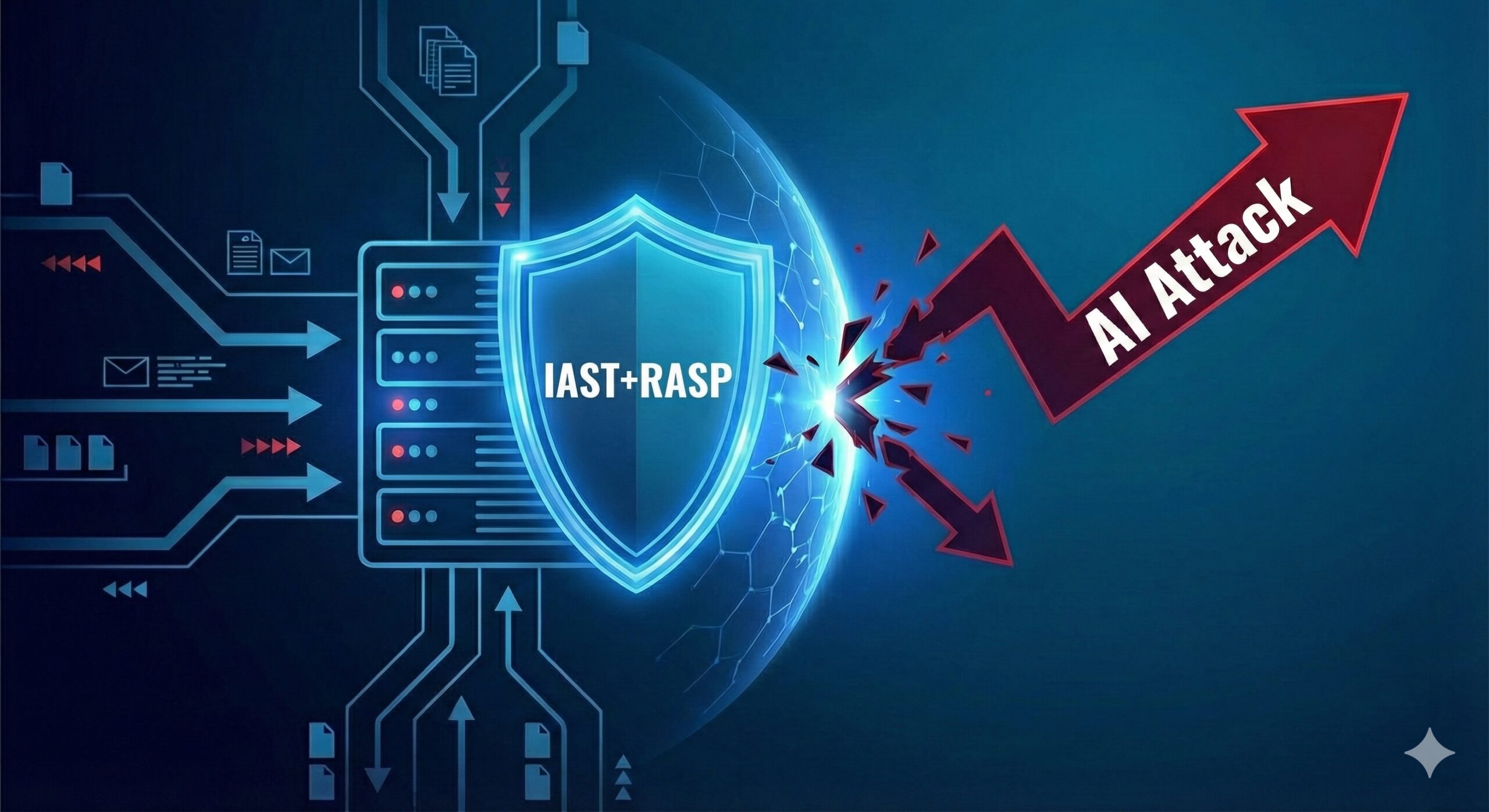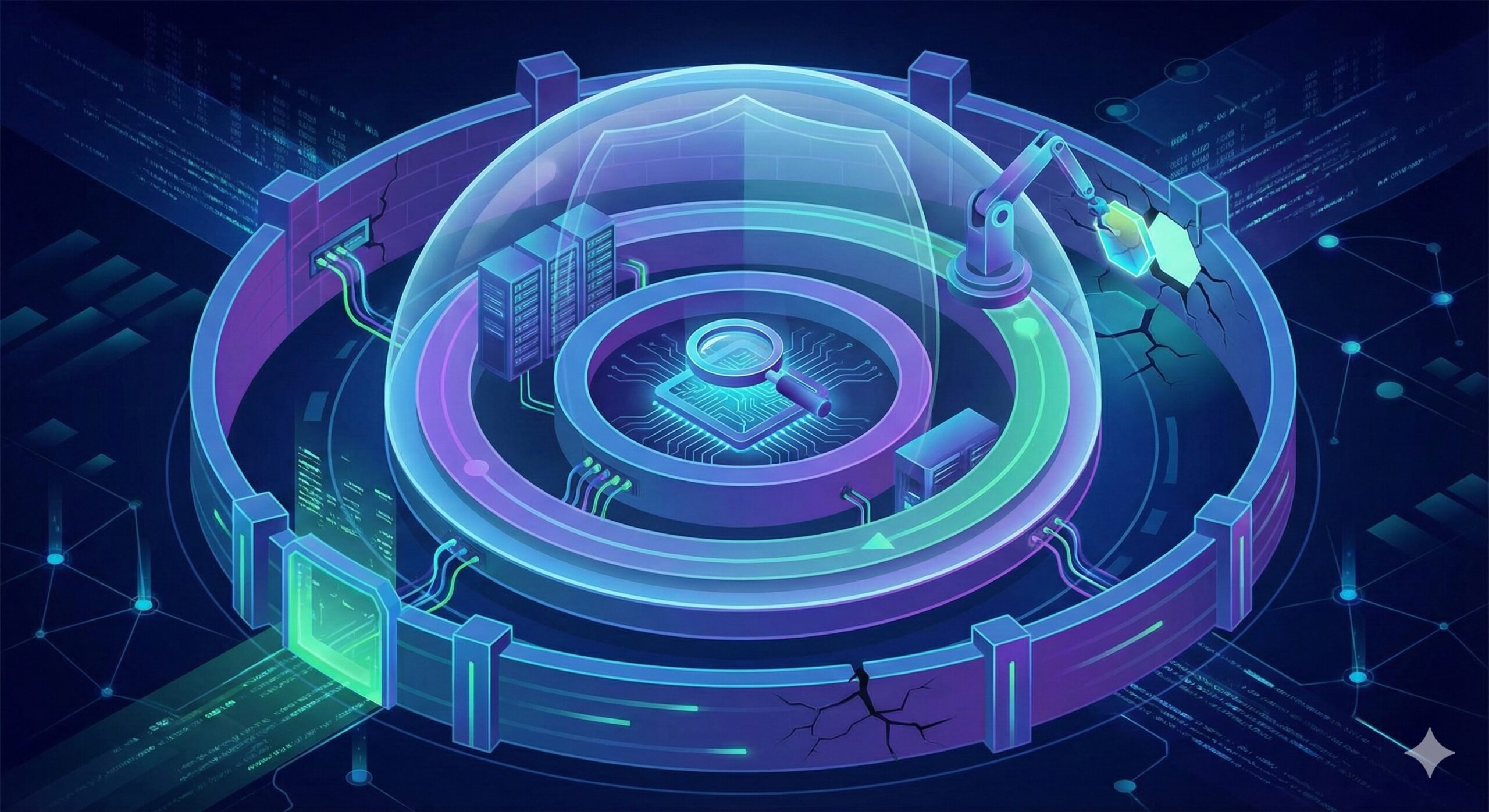CISOs in finance aren’t losing sleep over what’s already in their dashboards. It’s the invisible stuff—the unsanctioned tools, rogue deployments, and shadow apps—that keep them up. Shadow IT—when employees use unauthorized software, cloud apps, or APIs outside of IT oversight—is among the most detrimental and difficult-to-address security threats in the finance sector. Whether it’s a marketing team testing a file-sharing platform or a developer spinning up an analytics tool to save time, these shortcuts can create unmonitored attack surfaces with serious security and compliance consequences.
59% of IT professionals struggle to manage the sprawl of their SaaS applications, while approximately 65% of all SaaS apps are not approved by IT.
Meanwhile, according to Gartner, 30% to 40% of IT spending in large enterprises goes to technology that the IT company is not aware of. That shadow economy of SaaS tools and API calls makes threat visibility a moving target, especially in industries where compliance and customer trust are non-negotiable.
To be clear: this isn’t a case of rogue employees going behind IT’s back. Most are simply trying to work faster. But when business velocity outpaces governance, it creates silent gaps in an otherwise secure environment. Companies have been trying for decades to eliminate shadow IT but it fundamentally makes you less productive to fight against such a strong tide. Let’s explore what makes this so difficult and how to use a new approach to combat the IT risk these applications create in lieu of combatting shadow IT itself.
How Does Shadow IT Create Risk in Financial Environments?
Financial services operate in one of the most tightly regulated and high-value threat landscapes of any industry. Frameworks like PCI DSS, SOX, GLBA, and GDPR require strict control over sensitive data, audit logging, and system access. But when applications are deployed without oversight, none of these controls apply.
Around 77% of finance organizations will experience a cyberattack in a given year and unauthorized cloud applications are among the top contributing factors. Shadow IT often comes with weak authentication, misconfigured storage, and no patching plan—all of which leave data exposed.
And regulators are not in the dark about this. The U.S. Securities and Exchange Commission (SEC) has issued new rules requiring registrants to disclose material cybersecurity incidents within four days of detection. Meanwhile, the Office of the Comptroller of the Currency (OCC) has called for robust third-party risk management programs to address cloud and SaaS usage. Shadow IT directly threatens both mandates.
The thing is, when shadow IT creates vulnerabilities on your system’s perimeter, you can’t always see them, but attackers can. Attackers spend most of their time and often generous technical resources on finding ways to bypass controls and gain access to corporate systems. There is little more dangerous than a tunnel through your security protocols that attackers can find and you can’t. So unless you’ve got an extra couple million dollars in the budget to hire a red team a couple times a year to find these vulnerabilities for you, you need to rethink where your security operates.
Why Traditional Tools Miss What Shadow IT Introduces
Most financial institutions have made significant investments in perimeter-based security: firewalls, VPNs, intrusion detection systems (IDS), and web application firewalls (WAFs). These tools still play an important role—but they’re increasingly blind to how software behaves inside the perimeter.
Shadow IT doesn’t knock on the front door. It uses ingress vectors that IT often doesn’t even know exist. Tools like WAFs rely on known attack signatures and static rules. If an application doesn’t route through a known proxy or has encrypted payloads, that traffic can slip through undetected. And if you can’t see it, you can’t really patch it.
But risky ingress vectors from shadow IT all have one thing in common: they all end up in the runtime environment. CISOs in finance need the ability to cut past the tunnels in the castle walls and secure their most important applications where the risk actually materializes.
Waratek Closes the Gaps Shadow IT Leaves Open
Waratek’s software-defined Runtime Application Self-Protection (RASP) solution takes a fundamentally different approach to application security. Rather than sitting at the perimeter or relying on outdated detection methods, Waratek integrates directly into the Java Virtual Machine (JVM)—monitoring how code executes in real time.
This allows Waratek to apply behavioral analysis, taint tracking, and lexical inspection to block malicious execution paths inside the application itself, whether that application was IT-approved or not.
Let’s break down what this means for CISOs and security teams:
- Real-time Behavioral Enforcement
Waratek watches how data flows through Java applications and APIs, tracing untrusted inputs and blocking malicious deserialization, injection attacks, or process forking—even for unknown threats. This means zero-day protection is built in. - Virtual Patching for Known Vulnerabilities
No need to wait for dev cycles or patch windows. Waratek can apply patches at runtime to known CVEs in both proprietary and third-party code—without modifying source or requiring redeployment. This shrinks time-to-patch from months to minutes. - Zero Trust for Shadow Apps
If a shadow app makes it into production, Waratek doesn’t just detect it—it enforces security controls on it automatically. No manual tuning. No fragile integration. Just airtight runtime protection that scales across your environment. - Compliance and Audit Readiness
Because Waratek enforces policy at execution, it helps security teams meet mandates from regulators and auditors—even when tools fly under the radar.
CISOs in Finance Are Turning to Runtime Protection
As security leaders, we know the biggest risks are the ones no one accounted for. When someone in your org can deploy an unvetted SaaS tool with production data access in under 10 minutes, you need protection that’s as fast and invisible as the threat itself.
Waratek’s ability to secure every request at runtime makes it uniquely equipped to close gaps left by traditional tools. Whether it’s a legacy payment app or a modern API built on shadow infrastructure, Waratek fortifies the code itself—making exploitation impossible.
And because it integrates natively into DevSecOps pipelines and CI/CD workflows, Waratek empowers teams to scale security without slowing down innovation.
You Can’t Patch What You Don’t Know Exists
Shadow IT is inevitable to some extent. You’re never going to be able to attack shadow IT as a concept and make your system 100 percent visible. The best way to solve this problem is to get creative and neutralize threats from shadow IT where they all converge and where you know they’re going to be. Compliance, velocity, and trust are everything in the finance game. Security needs to extend to every piece of code that runs in production—no matter how it got there.
Waratek makes that possible for every single app, every single time.




